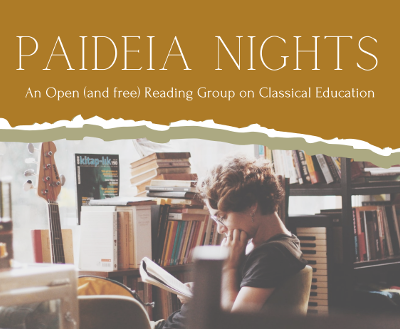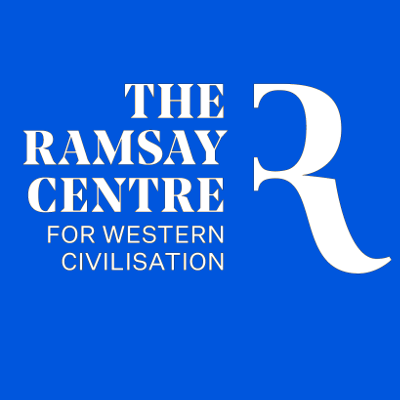Elizabeth Matheson
Educators and parents are aware of the significant issues plaguing our current education system, despite the substantial resources dedicated to education in Australian society. There are multiple factors contributing to this state of affairs, including the teaching methods employed (progressive, student-centered) and the diminishing focus on a comprehensive knowledge base (reduced to modern progressive sensibilities). Additionally, the overemphasis on well-being, which is often poorly defined and disconnected from the development of traditional virtues, has further exacerbated the problem. These areas have been treated in isolation, resulting in a disjointed, disengaged, and disillusioned education system for educators, parents, and students alike.
In this blog, I will address the first area of concern, namely teaching methods. However, it is important to note that this shift in approach necessitates changes in all three identified areas. Adopting a mastery approach to education is a vital component in reversing this decline. Mastery learning represents a return to the educational traditions of academic excellence cherished by our ancestors.
First and foremost, it is important to grasp the concept of mastery education. Although the techniques may vary depending on the age level, the fundamental principles remain consistent. Mastery education is an instructional approach that emphasises deep understanding, long-term retention, and comprehensive mastery of subject matter. It diverges from the superficial and short-term cram-pass-forget model of education. Instead, it encourages students to thoroughly grasp foundational concepts before progressing to more complex topics, ensuring a strong knowledge foundation. This approach is rooted in the belief that given enough time and support; all learners are capable of understanding. It challenges the rushed academic setting where students are expected to grasp new concepts within arbitrary timeframes. In essence, mastery education calls for a reevaluation of the knowledge and skills expected of students, prioritising depth of learning over a shallow breadth of approach. This perspective stands in contrast to Australia's education system, which often prioritises breadth over depth.
What does a mastery approach look like in practice? Let's consider the learning of times tables. This is a fundamental knowledge base that students must master, to enable them to complete more complex mathematical equations. Learning times tables using a mastery approach is akin to an apprentice carpenter working alongside a master craftsman. The student starts by grasping the foundational concepts of multiplication, much like understanding the properties of different types of wood. Guided by a teacher, the learner practices multiplication, similar to how an apprentice observes and emulates the master's techniques. However, if the master carpenter were to prematurely advance the apprentice to complex projects before a thorough grasp of basic skills, the resulting furniture might lack structural integrity, reflecting a failure due to an incomplete foundation. Similarly, in the realm of times tables, pushing a student forward before they've achieved mastery could lead to struggles with more advanced mathematical concepts, hindering their ability to confidently solve complex equations. Through repetition, the apprentice internalises skills, paralleling a carpenter's repeated practice. With a solid foundation, the apprentice carpenter takes on complex projects, while a student adept in times tables tackles intricate math problems. Ultimately, both apprentice and student achieve independent mastery, capable of crafting masterpieces or confidently solving equations. In the end, the apprentice-turned-carpenter mentors new apprentices, much like a student with times table mastery assists others in grasping the concepts, embodying the essence of a mastery approach in both disciplines.
When considering the practical aspects of mastery, whether in the context of homeschooling or traditional schooling in Australia, it's important to explore the various techniques used in mastery education. Mastery education begins at the earliest stages of education. In a classical grammar classroom, the mastery of times tables can be solidified using a distinct approach.
Commencing with choral drills, which involve the entire class reciting the tables in unison. This strategy reinforces memory through rhythm and repetition. Following this, hands-on manipulation can be encouraged. Interactive games such as multiplication bingo or times table contests can be employed. These activities encourage repeated practice in a fun and stimulating environment, fostering a positive and supportive atmosphere.
Finally, frequent quizzes and reviews can be used to strengthen recall and speed of multiplication facts. This combination of methodologies rewards persistence and celebrates small victories, aligning perfectly with the mastery learning approach. Through observation, drilling, and individual testing, an educator can monitor a child's mastery. This allows the educator to acknowledge student success in areas they have mastered but also focus instructional attention on areas still to be mastered. This approach has benefits not only for academic success but also to inculcate in children the important character virtues.
A mastery approach to education cultivates character virtues that contribute to human flourishing (eudaimonia). Students who embrace this approach develop persistence and resilience, allowing them to overcome challenges and setbacks on their path to mastery. Curiosity is sparked, fostering a deep desire to explore and learn beyond the required curriculum. With self-discipline, students practice consistently over time, effectively managing their time and maintaining a dedicated study routine. Intrinsic motivation fuels their genuine passion for learning and growth, keeping them engaged even in the absence of immediate external rewards. Taking responsibility and being accountable for their own learning journey becomes second nature, as students understand that their success ultimately lies in their own hands. Lastly, humility emerges as students acknowledge that there is always more to learn and are open to accepting feedback, enabling continuous improvement and refinement of their skills.
The aforementioned mastery approach to education requires a careful selection of knowledge to be imparted, focusing on what is true, good, and beautiful. This is because mastering a subject involves delving deep and building a strong understanding of the core concepts, rather than skimming through multiple subjects superficially. It is a response to the prevailing broadband educational approach, where students are exposed to a breadth of subjects but lack depth in any particular area. This superficial method is seen to be failing many students in modern Australia, leaving them with a fragmented understanding and an inability to apply knowledge in real-world contexts. Mastery learning, on the other hand, emphasizes the importance of a comprehensive, detailed understanding of subjects that are true (verified and factual), good (ethically and morally right), and beautiful (inspiring and aesthetically pleasing), enabling students to develop a meaningful and holistic understanding of the world around them.
In conclusion, regardless of whether one is engaged in homeschooling or traditional schooling in Australia, adopting a mastery approach to education can have profound benefits. By employing various techniques such as choral drills, hands-on manipulation, and frequent quizzes, students can solidify their understanding and mastery of key concepts. Moreover, this approach fosters character virtues such as persistence, resilience, curiosity, self-discipline, intrinsic motivation, responsibility, and humility, which are essential for lifelong learning and personal growth. Embracing the mastery learning approach not only enhances academic success but also nurtures the holistic development of students, empowering them to thrive in their educational journey and beyond.






